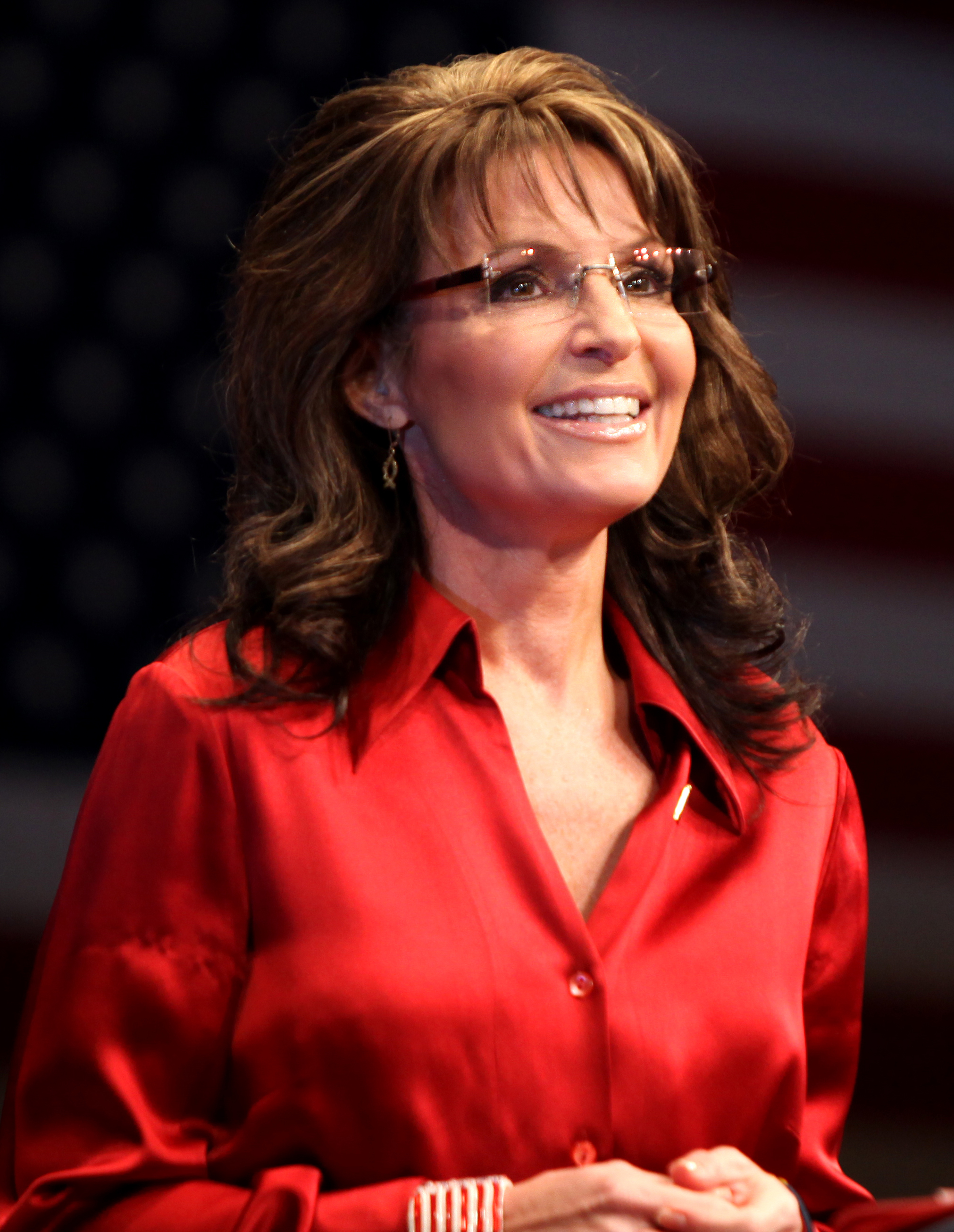On Trump’s VP Pick
Posted on July 11, 2016

By Gage Skidmore, CC BY-SA 3.0, https://commons.wikimedia.org/w/index.php?curid=22645779
(This originally appeared in The Hill).
Donald Trump’s pick for vice president won’t win him the White House — but it could lose it for him.
When John McCain picked Sarah Palin to be his running mate in 2008, the theory was that she would help excite a Republican base that didn’t trust the Arizona senator. But that gambit backfired, as a series of gaffes from the Alaskan hurt McCain’s credibility and killed the ticket’s chances with the bulk of swing voters.
When James Stockdale uttered the memorable phrase, “Who am I and why am I here?” during the vice presidential debate in 1992, it made many Americans wonder the same thing about his running mate, Ross Perot.
Walter Mondale made history when he picked Geraldine Ferraro to be his running mate in 1984, but that exposed the central weakness of his losing campaign: the obvious political pandering that the American people rejected.
Typically, a presidential campaign picks a vice president to offer some sort of balance to the ticket, whether it be geographic, ideological or experiential.
Jack Kennedy picked Lyndon Johnson because he wanted to compete more effectively in the South and West. Ronald Reagan picked George H.W. Bush because he could appeal to the Republican establishment that didn’t fully trust the California governor. George W. Bush chose Dick Cheney because the former Defense secretary had deep Washington experience that the Texas governor didn’t have.
George H.W. Bush surprised everybody when he chose Dan Quayle to be his running mate, and that choice almost backfired on him; Quayle’s inexperience became a problem during the campaign after Lloyd Bentsen destroyed him with the “You’re no Jack Kennedy” line during that year’s debate.
When Bill Clinton picked Al Gore, he took a different approach. Instead of picking somebody who was geographically, ideologically or generationally different, he chose somebody who could have been his political clone. He was doubling down on being a “New Democrat.”
Mitt Romney’s pick of Paul Ryan helped to excite the Republican base, brought generational and geographic diversity to the ticket and made the Wisconsin representative a star. But try as Ryan might, his energetic campaigning couldn’t overcome Romney’s series of gaffes that killed the ticket in the last election.
In 1972, because most Democrats thought the presidential race was over before it started, George McGovern had a difficult time finding a running mate. He first selected Tom Eagleton without going through any kind of vetting process. When it was revealed subsequently that the Missouri Democrat had a history of depression and he was forced to withdraw, the whole episode showed a campaign in complete disarray.
There are three lessons for Mr. Trump.
Make sure your pick adds credibility to your campaign: When McCain picked Palin, when Bush picked Quayle and when McGovern picked Eagleton, it didn’t make their tickets more credible. It made them less credible. In the case of McCain and McGovern, those picks proved fatal to their campaigns, and while Bush was able to squeeze out a win against Mike Dukakis, having Quayle on the ticket certainly didn’t help. Picking somebody who isn’t ready for prime time is a huge mistake that could cost you the election.
Make sure your choice maximizes your campaign: Some successful campaigns achieved geographic or ideological balance to give them the broadest reach, while others strengthened perceived weaknesses or doubled down on the overall theme of the campaign.
Understand that a vice presidential pick can only do so much: The two best VP picks of the last 40 years — Ryan and Lloyd Bentsen — couldn’t overcome the essential weaknesses at the top of the ticket.
